Are you looking forward to learning about Mexico with kids but can’t travel there quite yet? Come join us as we travel on a virtual visit with our homeschooling Mexico unit!
Come along with us as we take a virtual trip to Mexico and explore from home! Perhaps you’re planning a trip to Mexico for kids in the future, or maybe you just want to learn more about the country right from home. Either way, this is a guide to learn about history, culture, food, people, as we enjoy our homeschooling Mexico unit.
This guide is a great way to connect via heart and mind with those of diverse backgrounds from around the world. It’s perfect for preparing for future family travel, to help with homeschooling, or just for fun. We can’t wait to learn more about the beauty and diversity of Mexico with kids.
Our family likes to spend 1-2 weeks on a virtual field trip to each country. We typically spread out these activities and pick a couple each day. I hope you enjoy learning with us as we explore these Mexican activities for kids!
This post about learning about Mexico with kids contains affiliate links, but all opinions are 100% my own. That means I earn a small commission if you purchase through my link, but doesn’t change your price.
Table of Contents
MEXICO WITH KIDS:
HOMESCHOOLING MEXICO UNIT TO EXPLORE FROM HOME
Mexico Virtual Travel Video
If you’d like to see a video of some of the things our family did to virtually visit Mexico, you can head here!

Fun Facts for Mexico Homeschooling
- Millions of monarch butterflies migrate to Mexico every year from the U.S. and Canada.
- A Mexican tamale called the zacahuil is three feet long and weighs about 150 pounds.
- Popcorn was first made in pre-historic cities in Mexico. It was made in very hot clay pots and was called momochtli.
- Chocolate was invented in Mexico! The Aztecs used cocoa pasted in drinks for its health benefits.
- The Maya people were the first to invent chewing gum!
- The border between Mexico and the United States is the second largest border in the world (only the U.S.-Canadian border is longer).
- Mexico City has the highest elevation and is oldest city in North America. It is also one of the largest cities in the world.
- Red poinsettias come from Mexico. They were renamed after Joel Roberts Poinsett, the first United States ambassador to Mexico.
- Mexico has more Catholics than any other country in the world except Brazil.

Language Arts Mexico Homeschooling
Languages Spoken in Mexico
- Spanish is the most common language spoken in Mexico. While it is officially the language used in government, it is not required by law.
- Indigenous languages are also common in Mexico. Those are languages that were used in what is now Mexico, but prior to the arrival of European settlers.
- Mexico has more Spanish speakers than any other country.
- Hola means “hello” in Spanish.

Mexico Literature & Mexican Folktales
Mexican folktales are often allegorical. They are used to teach principles such as honesty, hard work, endurance, and wisdom.
Here is a read aloud of a Mexican folk tale called Cuckoo.
Writing Prompts for elementary and middle school children
-
-
- Write a paragraph on what excites you about visiting Mexico.
- Look up a paleta recipe. Write your own with different fruits!
-
Day of the Dead Writing Assignment: Homeschooling Mexico Language Arts Activity
Read a book about Dia de los Muertos. Have children research an ancestor and write an essay talking about her or his life. Have kids consider for what they think the ancestor would most want to be remembered.
Reading: Books to Learn About Mexico for Kids
Culture & People: Homeschooling Mexico for Kids
Mexico has gone through many cultural transformations. It tends to follow the history of the country with major changes happening around the time of Spanish colonization, Mexican independence, and the Mexican Revolution.
While the overwhelming majority of Mexicans speak Spanish, many also speak indigenous languages. Did you know the word “chocolate” comes from the language Nahuatl?
Family is extremely important in Mexican society. Extended families tend to be large and close. Hosting family parties is very common in Mexican culture.
One major Mexican family event is the quinceañera, when a young woman turns 15. She usually has a large party with lots of family and friends, very fancy dress, and a church mass.

Mexican Poncho Craft
The Mexican sarape, or poncho, is commonly worn. It’s often brightly colored and fringed at the end. You can make your own poncho at home!
Materials:
Paper bag
Colored paper
Markers
Scissors

History & Government: Homeschooling Mexico Facts
The official name of the country is Estados Unidos Mexicanos, or the United Mexican States. It is a federal republic.
The current President of Mexico is Andrés Manuel López Obrador. The president is also the commander of the Armed Forces. The government is divided into executive, legislative, and judicial branches. Mexico has 32 states.
- Stone tools have been found in Mexico that suggest humans lived there around 23000 years ago.
- The Olmec people were Mexico’s first complex society. They first emerged around 1200 B.C. Next came the Maya, the Toltec, and the Aztec people.
- The Spanish arrived around 1500. They brought several diseases with them, including smallpox, which made many of the Aztecs sick. The also destroyed the Aztec capital, Tenochtilán.
- Miguel Hidalgo y Costilla, a Catholic priest, started the Mexican war of independence on September 16, 1810. The war went on for over 11 years.
- Many Mexicans today have a mix of Native American and Spanish blood, and are called mestizos.

Currency
1 USD ~ 23 Mexican pesos
1 peso = 100 centavos
Holidays
- Mexico has 7 Official Federal Holidays.There are many other civic holidays and festivities.
- Mexico celebrates its independence from Spain on September 16th. Some people confuse May 5th (Cinco de Mayo) with Independence Day, but they are two separate holidays.
- Cinco de Mayo celebrates the Mexican army defeating a French army in the city of Puebla in 1862, but is not celebrated throughout the country.
- Dia de Los Muertos (Day of the Dead) honors dead relatives and friends with foods and other offerings.
-
- Here is a children’s book read aloud of Dia de los Muertos!
-
- Mexican children usually receive gifts on Three Kings Day (January 6) instead of Christmas Day.

Mexican History Activity Suggestions:
Mexican Flag Activity
-
- Green = Hope
- White = Unity
- Red = Blood of the national heroes
- Coat of arms = An eagle on a prickly pear cactus eating a serpent. The leader of the Axtecs (also known as the Mexica: Meh-shee-ka), Tenoch had a dream that their nomadic tribe should settle wherever they saw this. They settled there and built the great city of Tenochtitlan.

Coloring sheet flag from HERE
Video About Homeschooling Mexico History for Kids:

Geography: Mexico for Kids
- Find Mexico on a map or globe
- Mexico City is the capital of Mexico (find the star on the map).
- Mexico has 32 states
- The land area of Mexico is about 1/5 the size of the USA.
- Mexico’s climate varies from arid (dry and hot) to tropical (wet and hot). Some places have both depending on the season.
- One of the biggest mountain ranges in Mexico is the Sierra Madre Occidental.
- The longest river in Mexico is the Rio Grande. It is shared with the USA.
Mexico Geography Activity Suggestions:
- Color in Mexico on the map. Older children may like coloring in the Mexican states map.
- Count how many countries Mexico borders (3: the United States of America, Guatemala, and Belize)
Mexico Geography Video (12 minutes)


(Map from HERE)

(Map from HERE)
Food: Mexican Recipes for Kids: Mexican Food That Kids Will Enjoy
Food is a perfect way to “travel” to a country from home. Making these recipes was one of our favorite parts of our homeschooling Mexico unit! Mexican food often uses vibrant spices such as cumin, coriander, lime, and more. Corn is also very common in Mexican cooking.
Here are some common foods in Mexico:
- Tamales – a dough made of corn cooked in a corn husk
- Pozole – a soup made with broth, corn, spices, and toppings
- Chilaquiles – fried corn tortillas topped with eggs, salsa, cheese, and cream
- Tortillas – a flatbread
- Meat, especially beef and pork
- Taco – a folded tortilla with fillings
- Aguas frescas – fresh juices
Mexican Food Activity
If you don’t feel up to making a whole recipe, consider just smelling a few of the common Mexican spices you may have in your cupboard! You could also visit a local Mexican restaurant.
Mexican Recipes for Kids
Cooking is a perfect activity for a homeschooling Mexico unit. Here are some of our favorite kid friendly Mexican food recipes!
- Simple and kid-friendly Instant Pot black bean and rice burrito filling. My 9 year old can make this recipe on his own, so you definitely can, too! It’s not the most traditional filling, but is adapted to be vegetarian and very easy to make.
- Horchata (cinnamon rice drink)
- Creamy poblano pepper enchiladas

Famous Landmarks: Mexico with Kids
- Ancient Maya ruins, such as Chichen Itza, Tulum, Coba, and, my personal favorite, Uxmal (the best preserved Maya ruins in the Yucatan)
- Teotihuacán – an ancient civilization later used by the Aztecs
- San Ignacio Lagoon to see gray whales
- Isla Mujeres
- Cenote dos Ojos – an underwater cave popular for snorkeling and scuba diving
- Copper Canyon – a system of canyons larger than the Grand Canyon

Art History: Mexican Art History with Kids
Art in Mexico is very old! It dates back to before recorded history. There are different periods of Mexican art, including the prehispanic period, a colonial period, a time before and after independence, and more modern Mexican art after the Mexican Revolution.
- Historians believe the oldest rock art in the Americas is in a cave on the peninsula of Baja California.
- The first major Mesoamerican culture was the Olmecs. They created hieroglyphics, the 365 day calendar, and did art with jade, a beautiful greenish stone.
- Most Mesoamerican art was created for religious or political purposes, not just to be pretty. They often used ceramics, amate paper, and architecture.
- Feather work was popular in prehispanic times. The Spaniards later became very interested in it.
- The Mexican Revolution (1910-1920) greatly affected Mexican art. Murals became popular during this time, and it was art for all the people that was not in a museum and that could not be moved somewhere else.
- Murals were often political and supported the Revolution. They became most popular during the 1930s.
- Diego Rivera was a very popular muralist.
- Frida Kahlo was a very important Mexican artist. She painted on canvases instead of murals. She focused on Mexican folk themes, as well as themes that focused on women, such as motherhood or domestic violence. Frida was married to Diego Rivera.
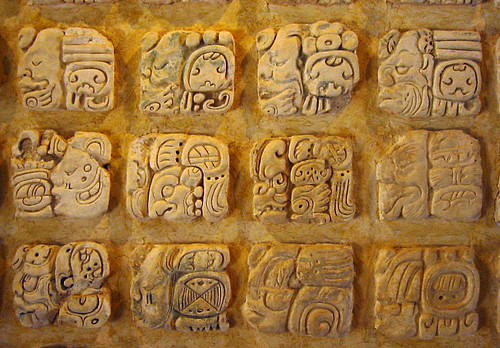
Image from HERE
Art Activities: Homeschooling Mexico Art Activities with Kids
Frida Kahlo Activity For Kids
Frida Kahlo was born in Mexico and cared deeply about sharing Mexican folk culture. She did not want it to get lost from colonization. She often wore traditional Mexican clothes.
Frida painted in a way that shared Mexican culture with all who viewed it. She used strong lines and bright colors. She also painted to share the experience of a woman, which was not common during that time. Frida painted other women and situations specific to women (like motherhood), and even hard things like abuse towards women.
Frida painted several self-portraits in a distinct, colorful style. You, too, can paint a self portrait!
Materials:
White paper
Paint in bright colors
Paint brushes
A mirror
An image of Self Portrait – The Frame, by Frida Kahlo
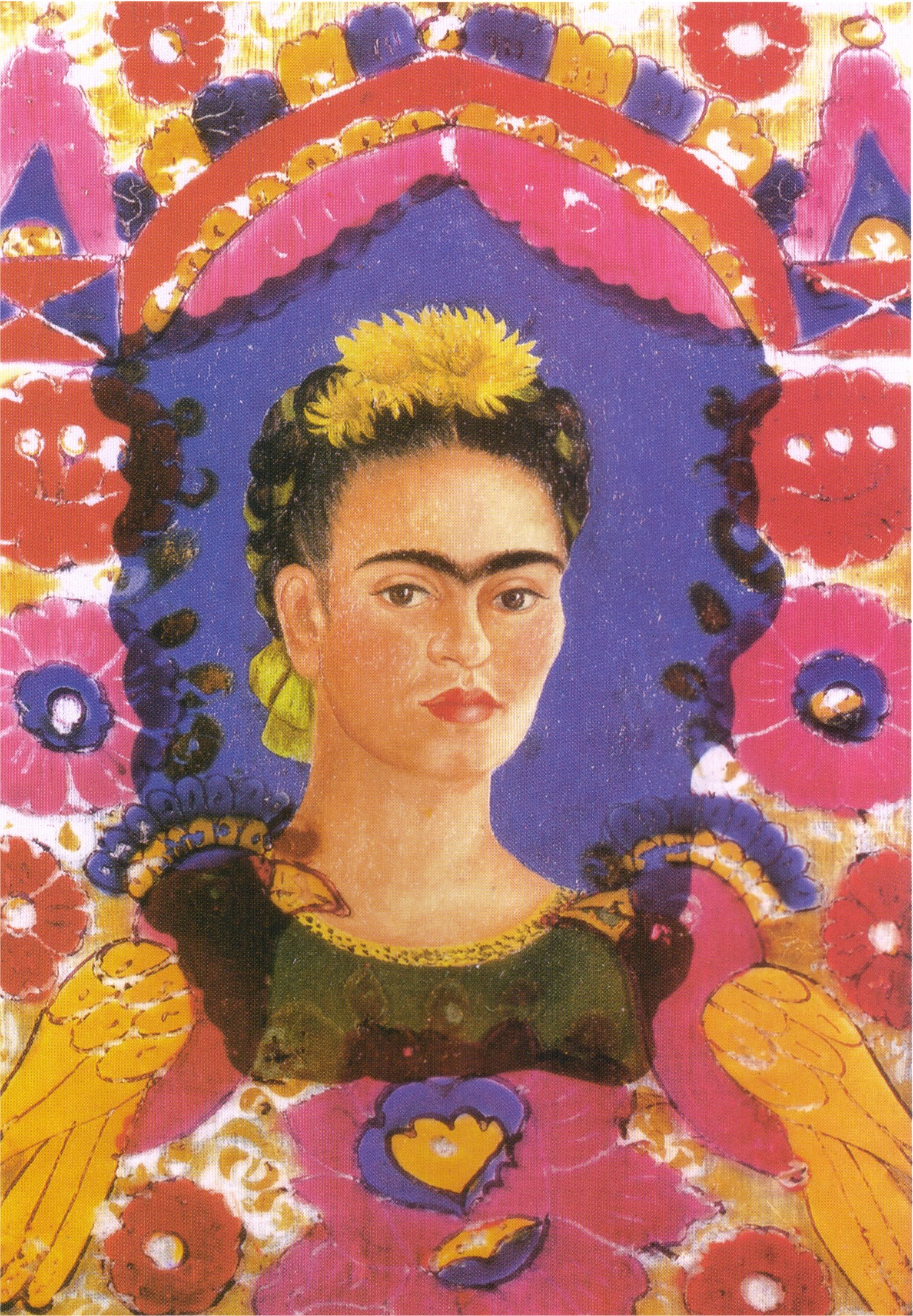
HERE are 9 other Frida Kahlo-inspired art projects for kids!
Draw A Sugar Skull

Mexican Crafts for Kids: Mexican coloring pages
- Mexican coloring pages
- Chichen Itza coloring page
- Dahlia coloring page – national flower of Mexico


HERE are some other wonderful Mexico craft project ideas!
Religion & Spirituality: Homeschooling Mexico for Kids
Mexico is over 80% Catholic Christian. Evangelical Protestantism and Mormonism are religions that have been growing in Mexico in recent decades.
Mexico allows freedom of religion. That means it allows people to choose and also change their religion.
Movies about Mexico for Kids and Grown Ups
- Coco (a beautifully animated celebration of family and Dia de los Muertos)
- The Book of Life (animated)
For Adults
- Selena (a biographical drama about the musician)
- Catinflas (about the Mexican actor)
Math & Science in Mexico: Mexican Inventions
- The Olmecs of Central America originally created the 365 day calendar, and the Maya perfected it in about the 1st century AD.
- A Mexican engineer named Guillermo González Camarena figured out we could watch colors through the television!
- Alejandro Alagón developed a scorpion antivenom.
- José Antonio de Alzate developed a toilet float in 1970!
- Manuel González Flores developed earthquake-resistant foundations in 1948.
Animals in Mexico
Gray whales come from Alaska to Baja California each year in the winter to breed.
The rain forests and wet lands have lots of unusual animals such as jaguars and quetzal birds.

STEAM and Craft Activity Suggestions when Homeschooling Mexico with Kids
- Chichen Itza activity
- Make homemade maracas
- Make Mexican flag slime
- Mexican metal art

Learn About Chichen Itza with Kids
The ancient Maya city of Chichen Itza with was a very sacred place. The ruins today show pyramids, temples, and other stone buildings. The Temple of Kukulkan (El Castillo) is the most famous structure. It’s a pyramid with 365 steps – one for each day of the year.
When the sun hits the temple at just right time at the equinox, an image of a serpent appears!
The biggest Maya ball court (juego de pelota) is in Chichen Itza. It is nearly 600 feet long! Despite this, if you whisper at one end of the court, someone can hear it all the way at the other end due to the acoustics. Each side of the court has stone hoops.
Chichen Itza Activity for Kids
Materials:
Old cardboard boxes
Scissors
Tape
Markers
Discuss some of the key features of Chichen Itza and why it is important. Then build your own model of Chichen Itza. How many steps can you build?
You may also want to consider if you were an ancient Maya, what god you would revere. Would you pay homage to the rain god? The earth god? How would you design your own temple to that god?

Music: Homeschooling Mexico Music Unit
Dance & Portraiture Activity
José Limón was a dancer and a choreographer. This activity discusses rhythm, his portrait, provides a children’s book and video, and has children dance and create a self portrait.
Forms of Mexican Music
There are many different styles of Mexican music. One popular style is mariachi music. Mariachi developed in the Mexican countryside in the 1700s. Mariachi music usually has at least 2 violins, 2 trumpets, and a few different types of guitars. It can often have as many as 20 musicians!

Sports, Games, and Movement in Mexico
The most popular sport in Mexico is football (soccer).
Mexican rodeo is popular and can be dangerous.

Children’s Games in Mexico
If you’re looking for some other ideas for Mexican games and activities, here are a few simple and fun ones:
- Hopscotch (Avion)
- La Gallinita Ciega (The Blind Hen)
- El Balero (A Ball and Cup game)
Thanks for Taking a Virtual Field Trip to Mexico With Us!
We’ve loved putting together this resource to virtually visit Mexico. We’d love to hear if you do any of these activities for a homeschooling Mexico unit, or if you visit in person!
We hope to inspire curiosity and connection through exploring and learning, and we hope this guide helps you and your families. Please share any activities you do with us over on our Instagram. And we’d be delighted if you passed this Mexico with kids virtual tour and homeschooling resource along to others, as well!
IF YOU LIKED THIS POST ABOUT HOMESCHOOLING MEXICO WITH KIDS, YOU MIGHT LIKE THESE POSTS TOO:
- 15+ Travel Activities for Kids to Explore from Home
- Fiction Travel Books for Kids
- Virtual Field Trips: Tips for Toddlers and Preschoolers
NOT READY TO EXPLORE MEXICO WITH KIDS FROM HOME QUITE YET? PIN THIS POST FOR LATER!
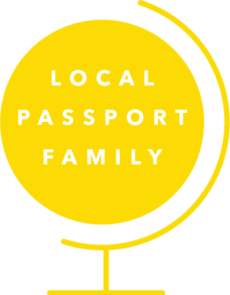

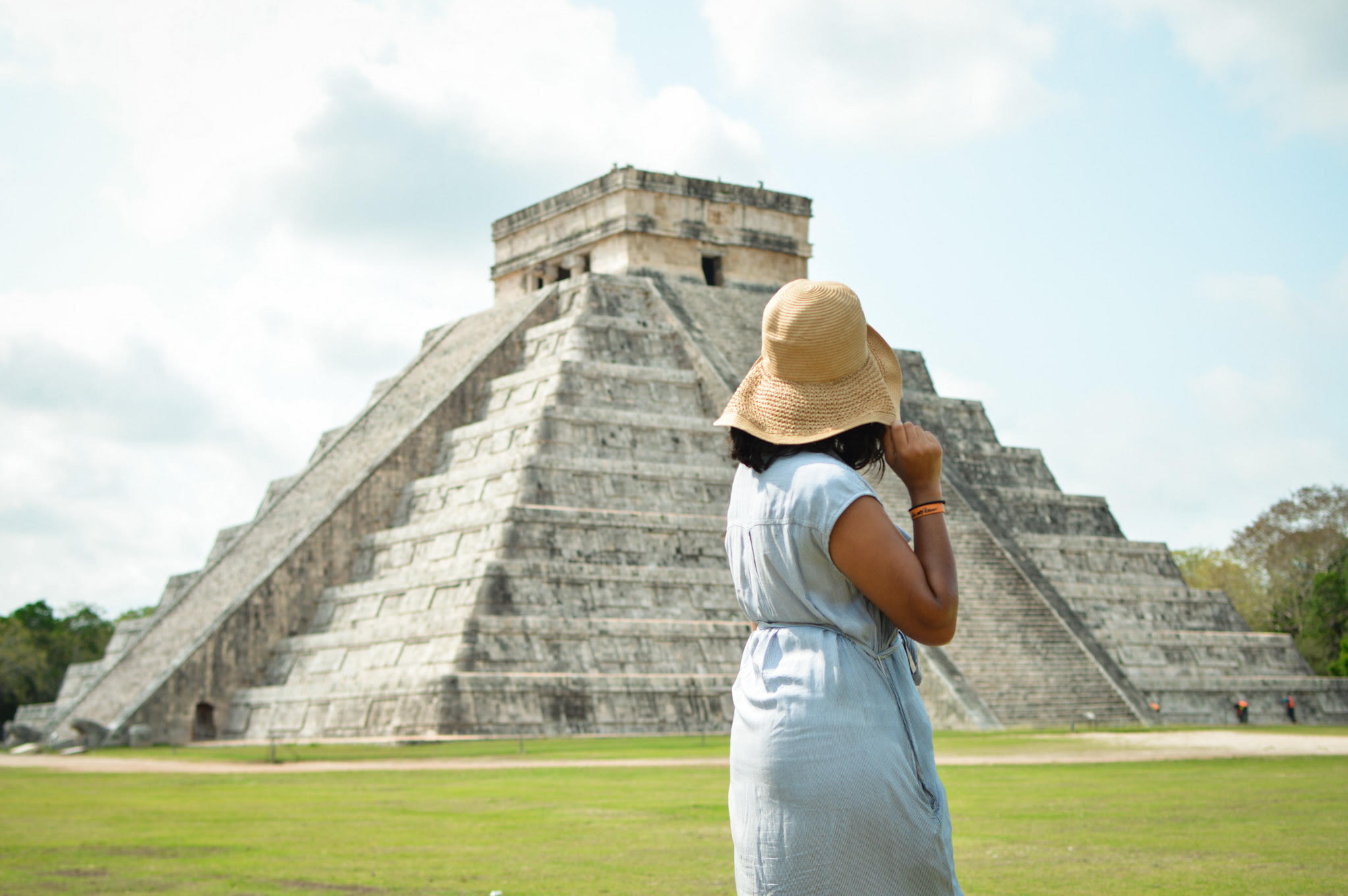
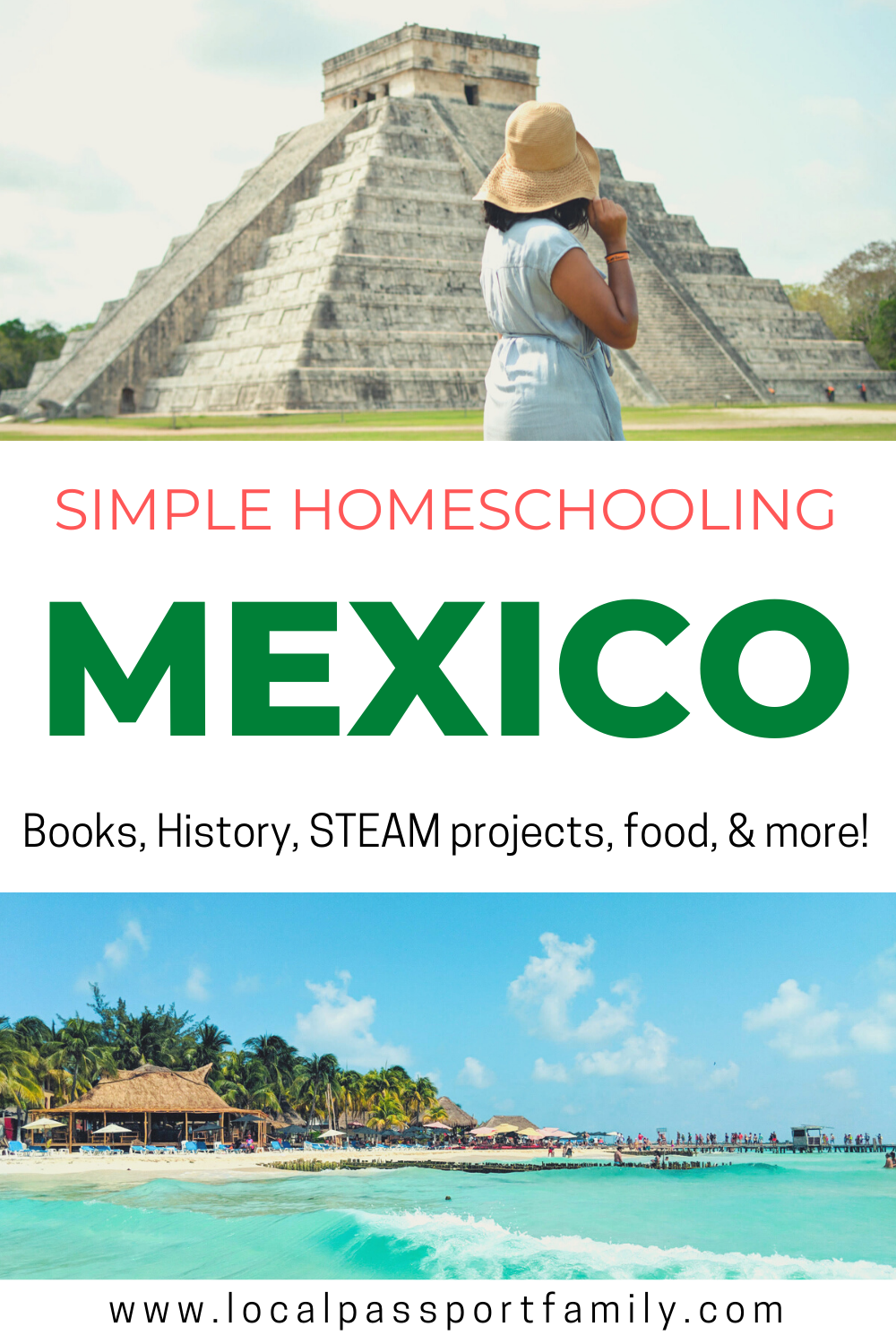
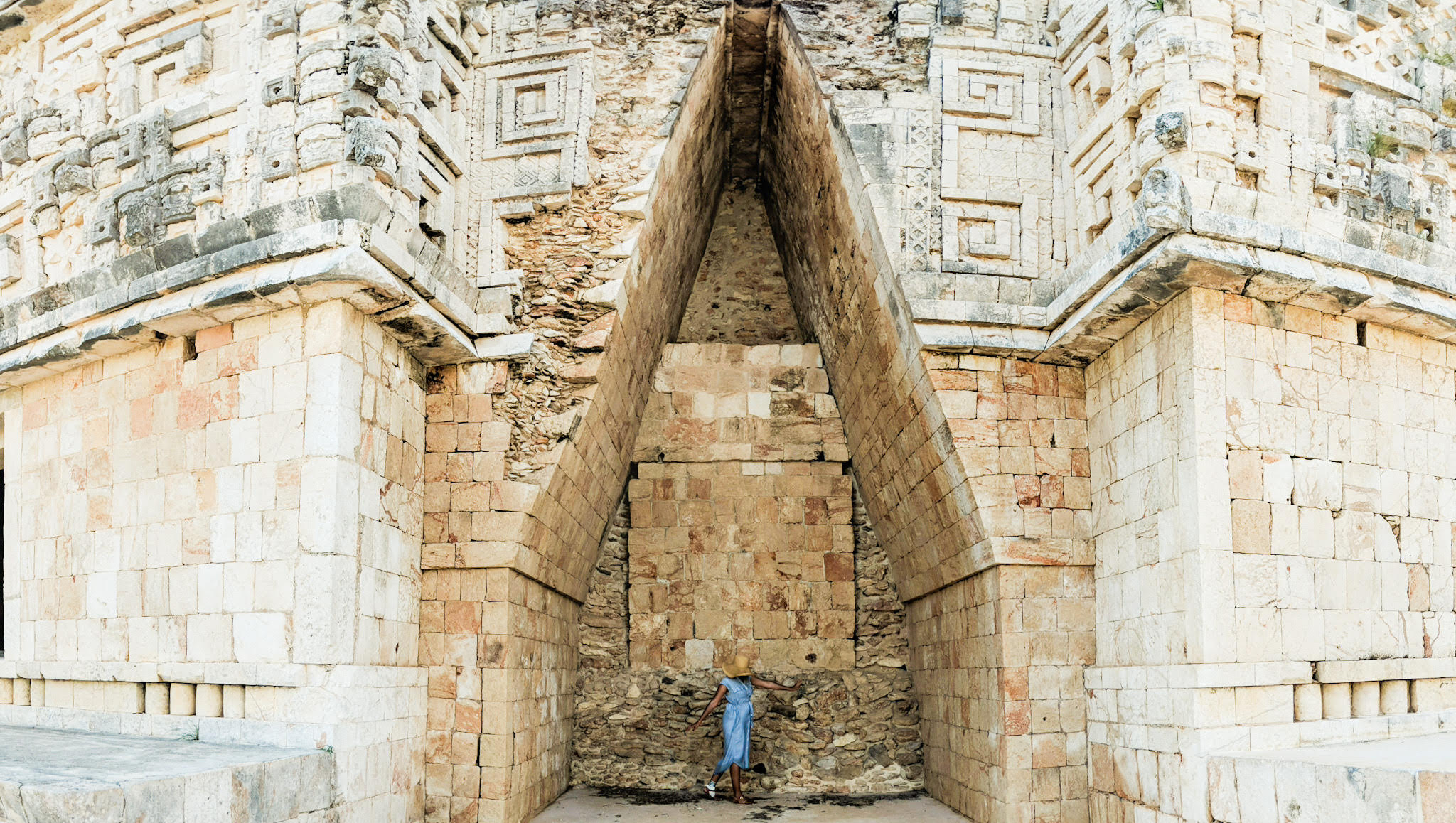
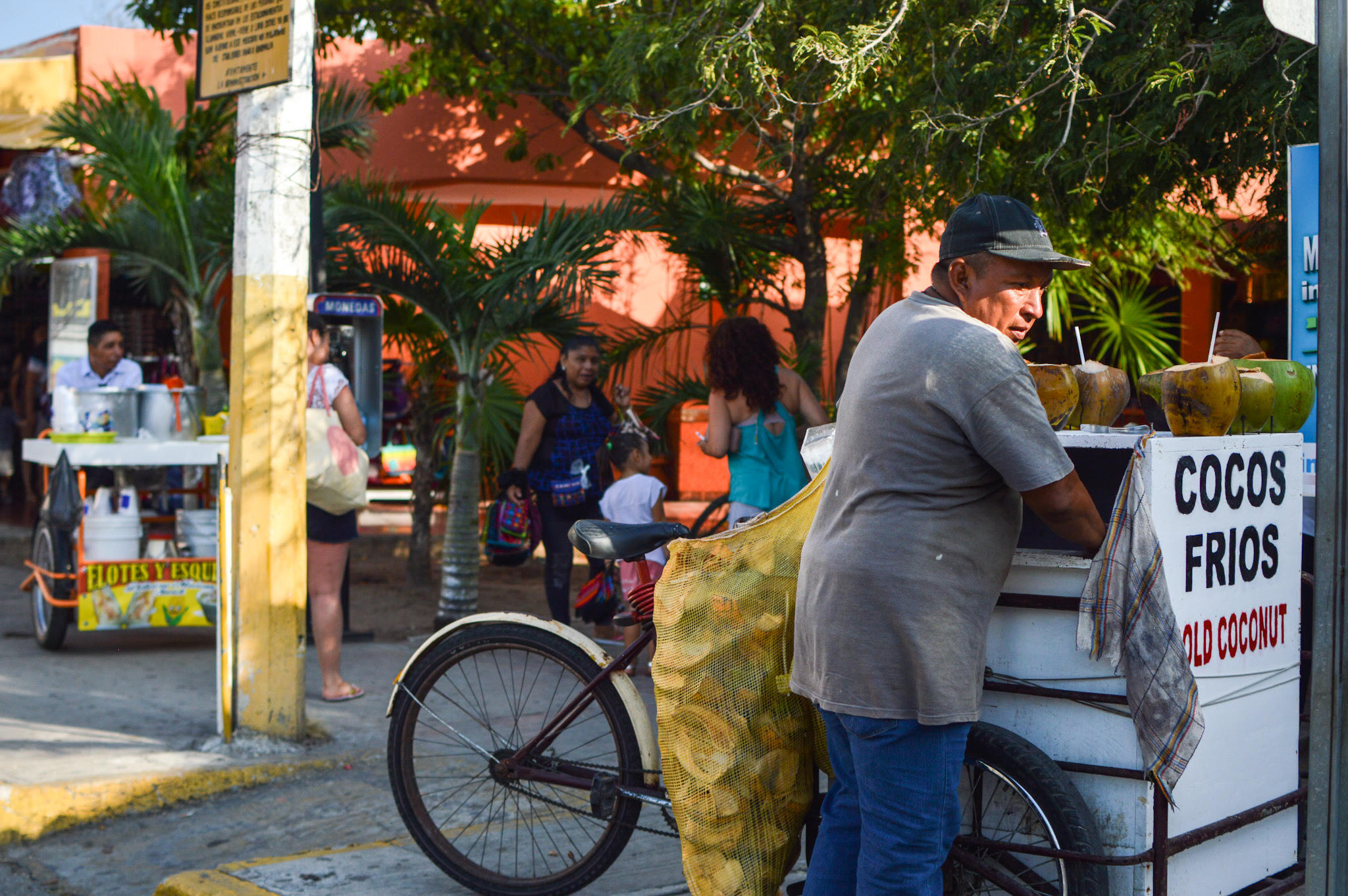
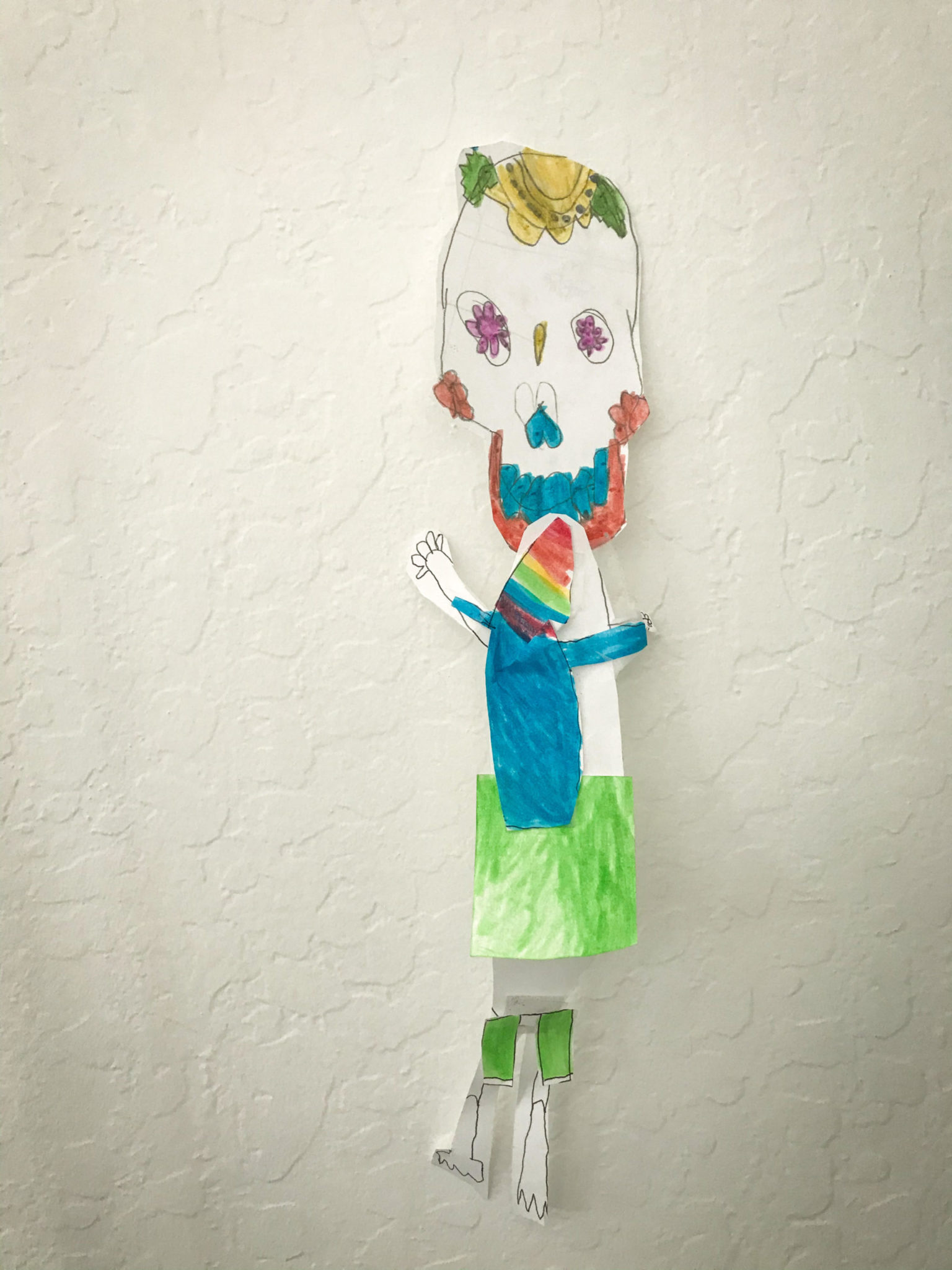
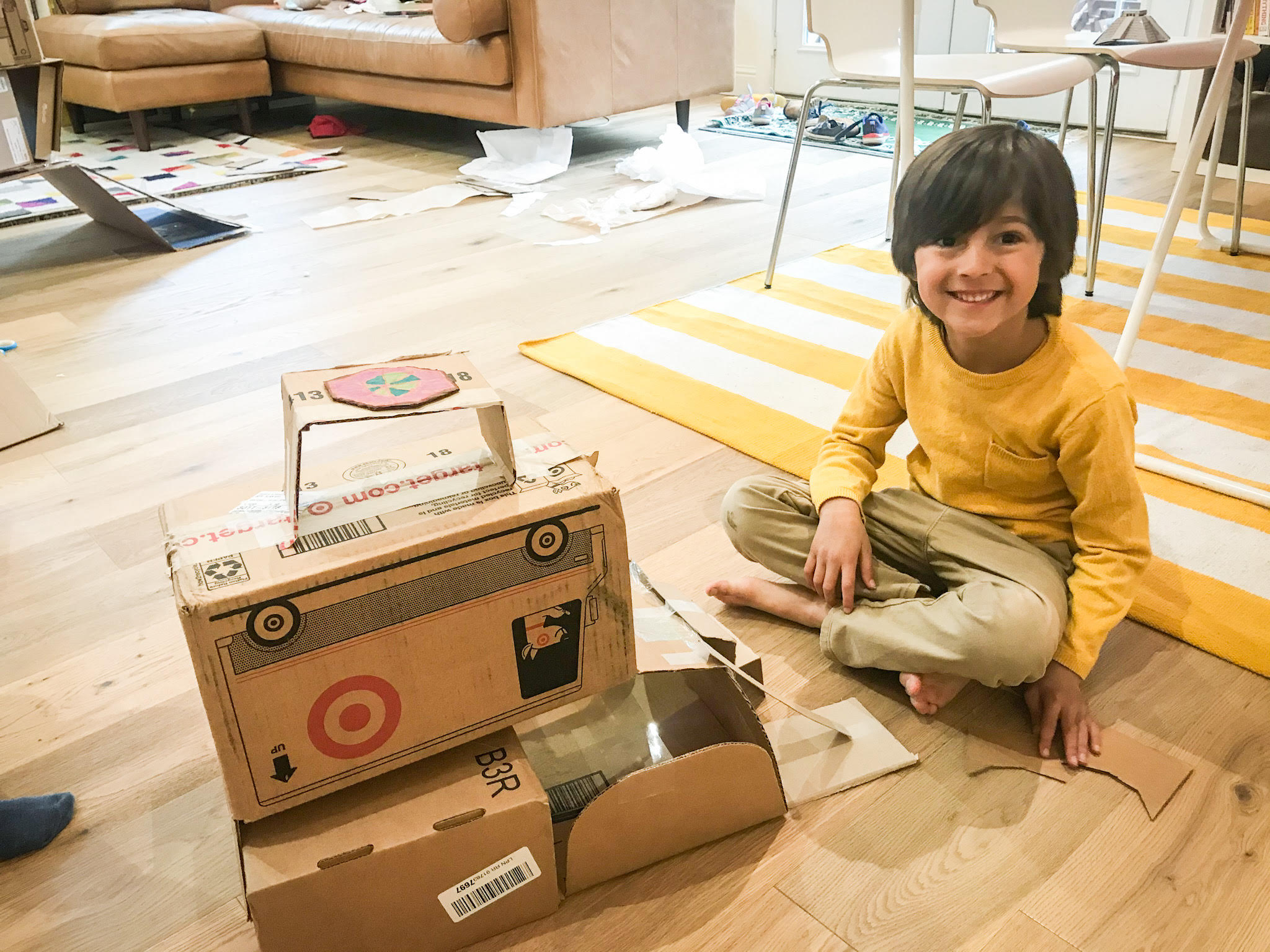
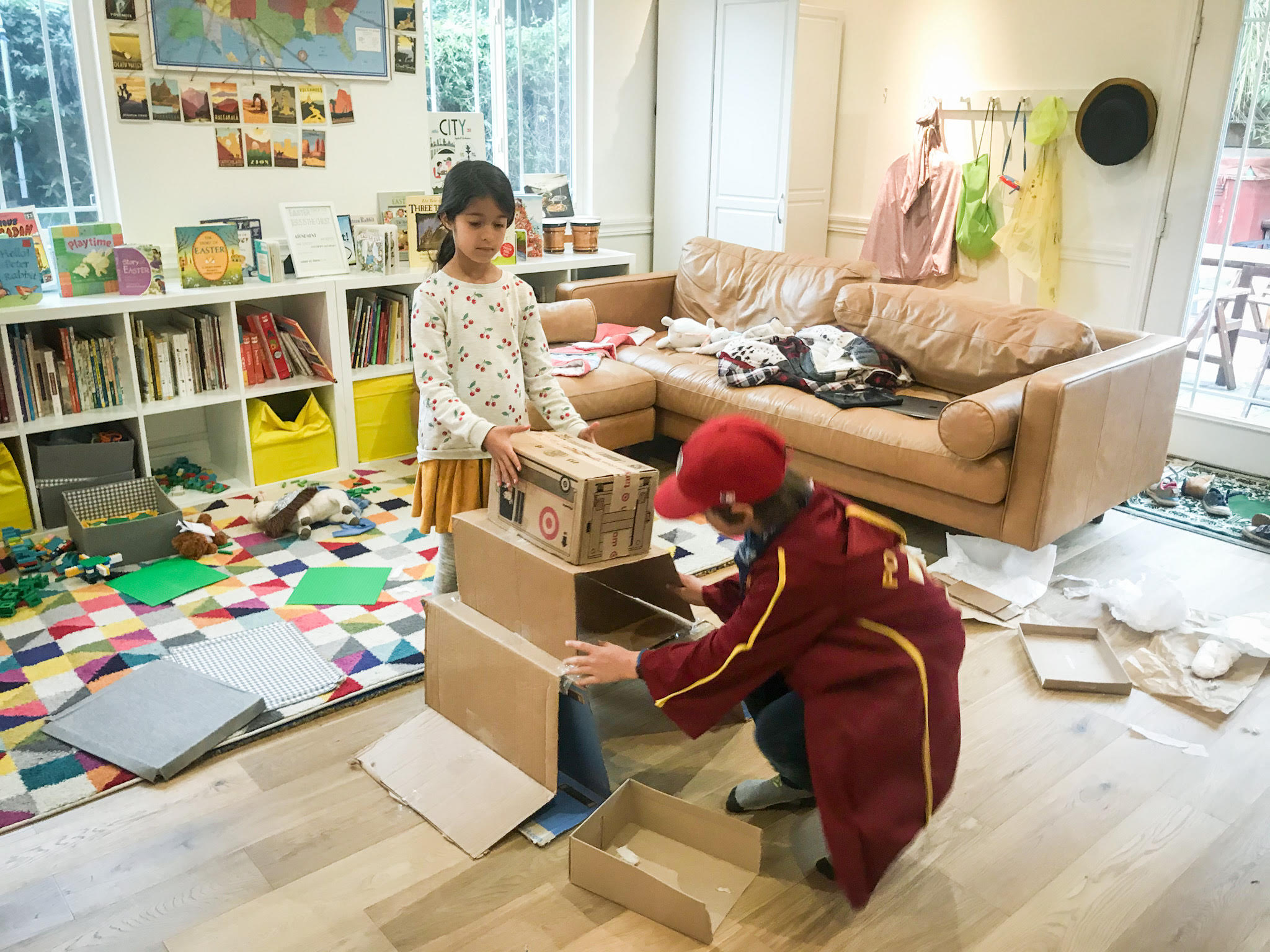
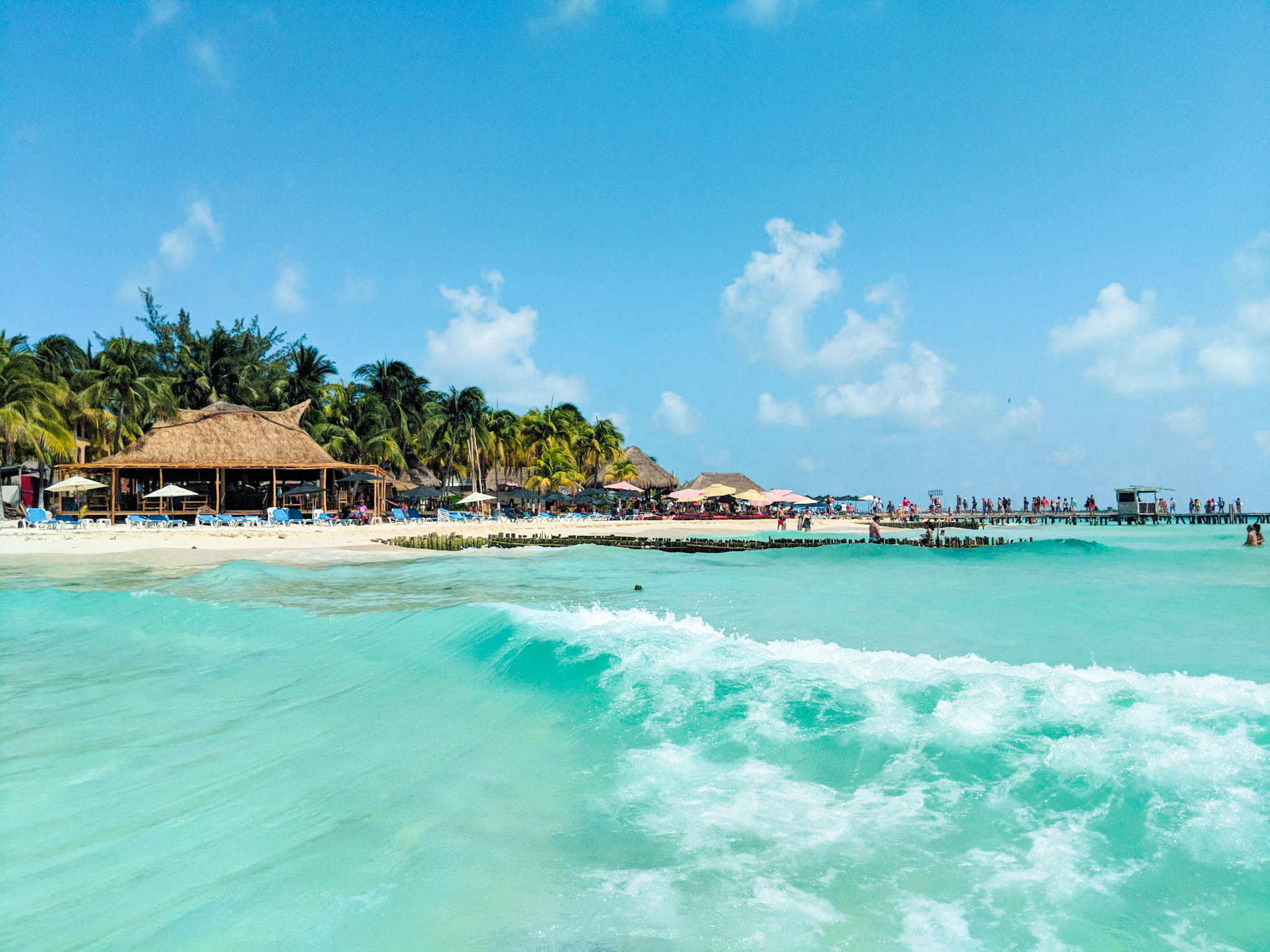
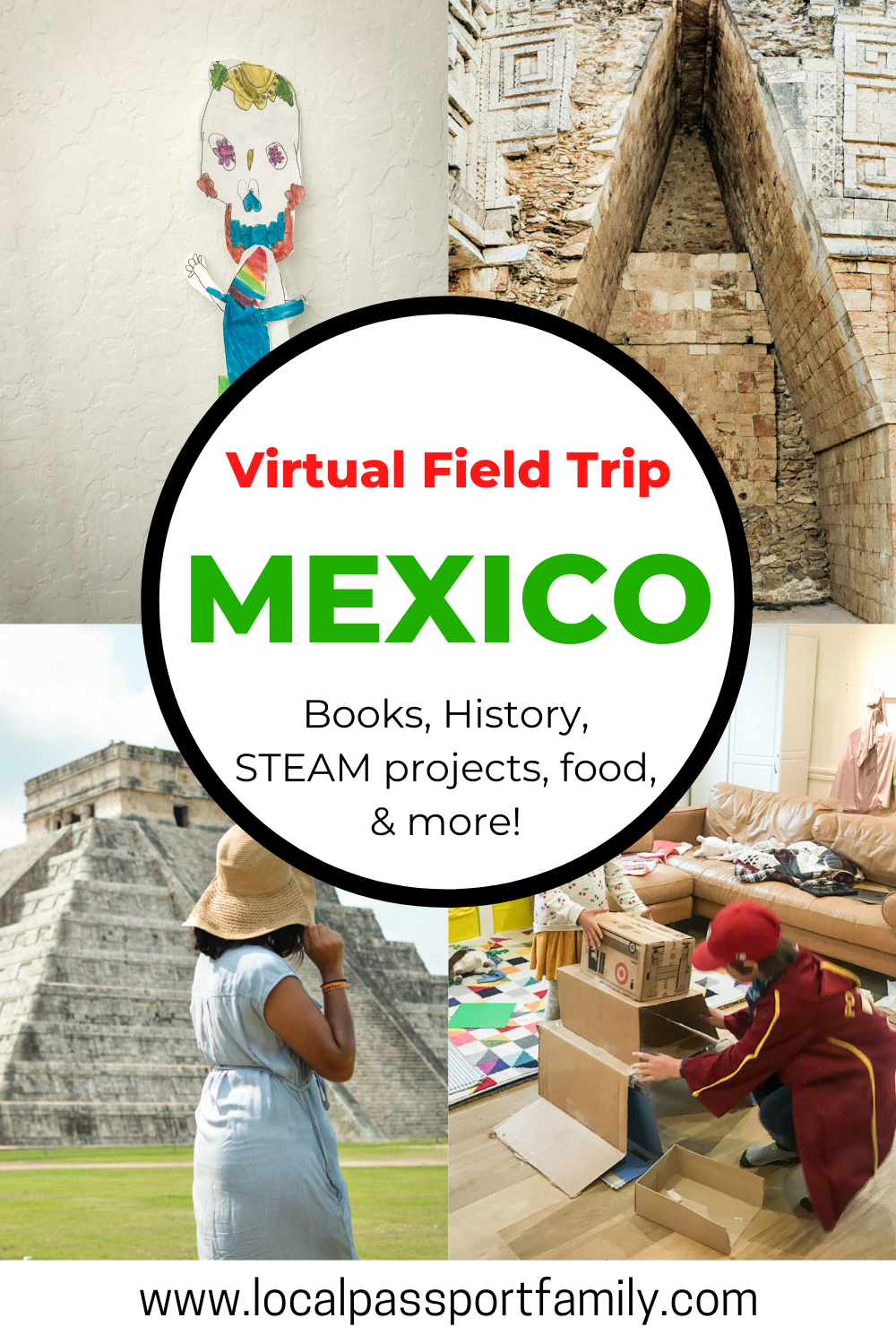
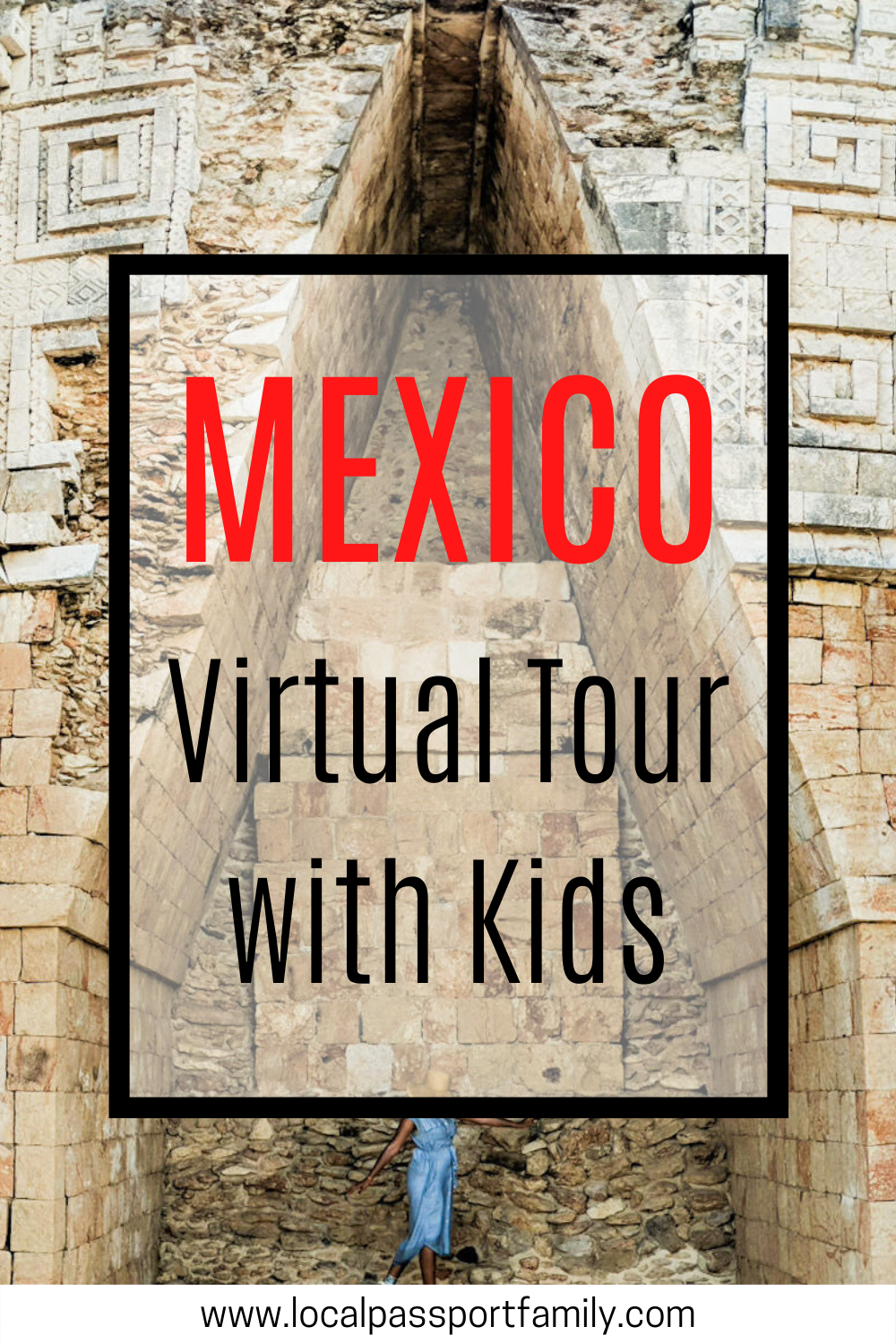
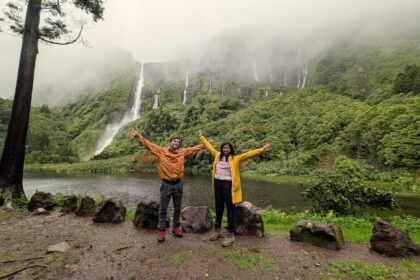
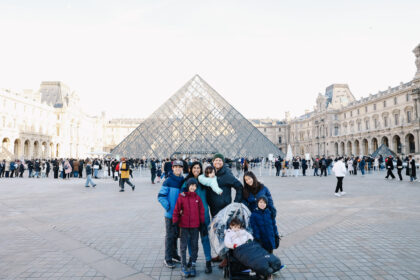
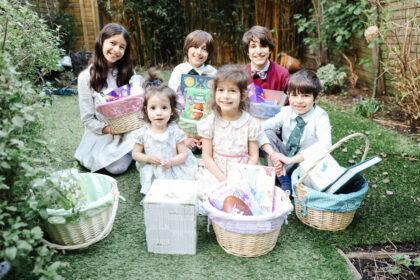
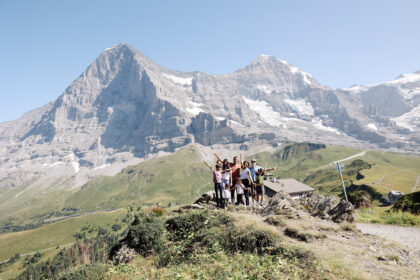
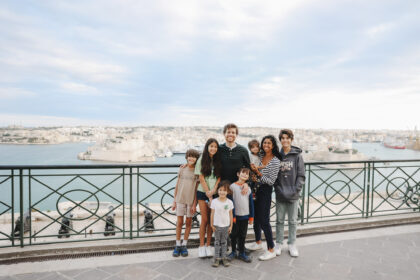

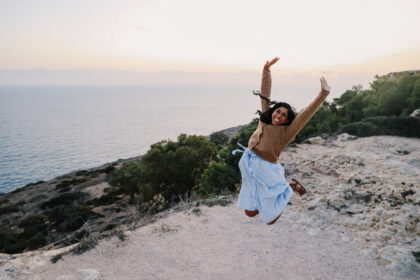
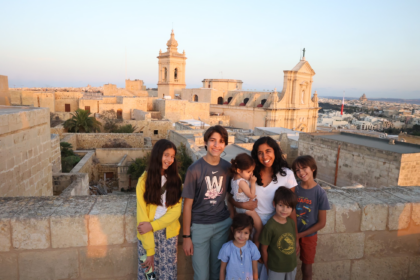

[…] Virtual Tour of Mexico with Kids […]
[…] Virtual Tour of Mexico with Kids […]
[…] Homeschooling Mexico Unit […]
Actually, the Mexico-USA border is only the tenth longest border in the world, NOT the second! The second longest border is the one between Russia and Kazakhstan. It is more than twice as long as the Mexico-USA border!
[…] Homeschooling Mexico Unit […]
[…] Homeschooling Mexico Unit […]
[…] Even when everything is closed, you can create your own magic. Try these ideas for making your next vacation a virtual adventure. If you have children, turn your tour of Mexico into something educational! […]